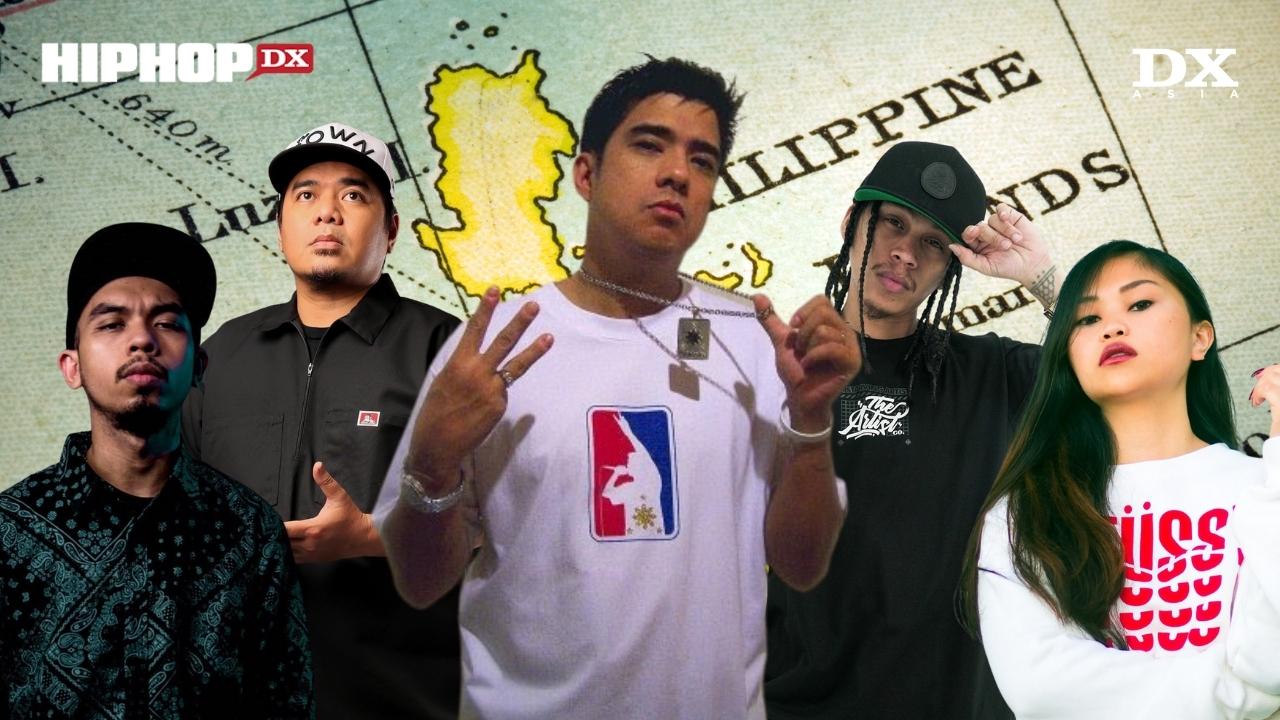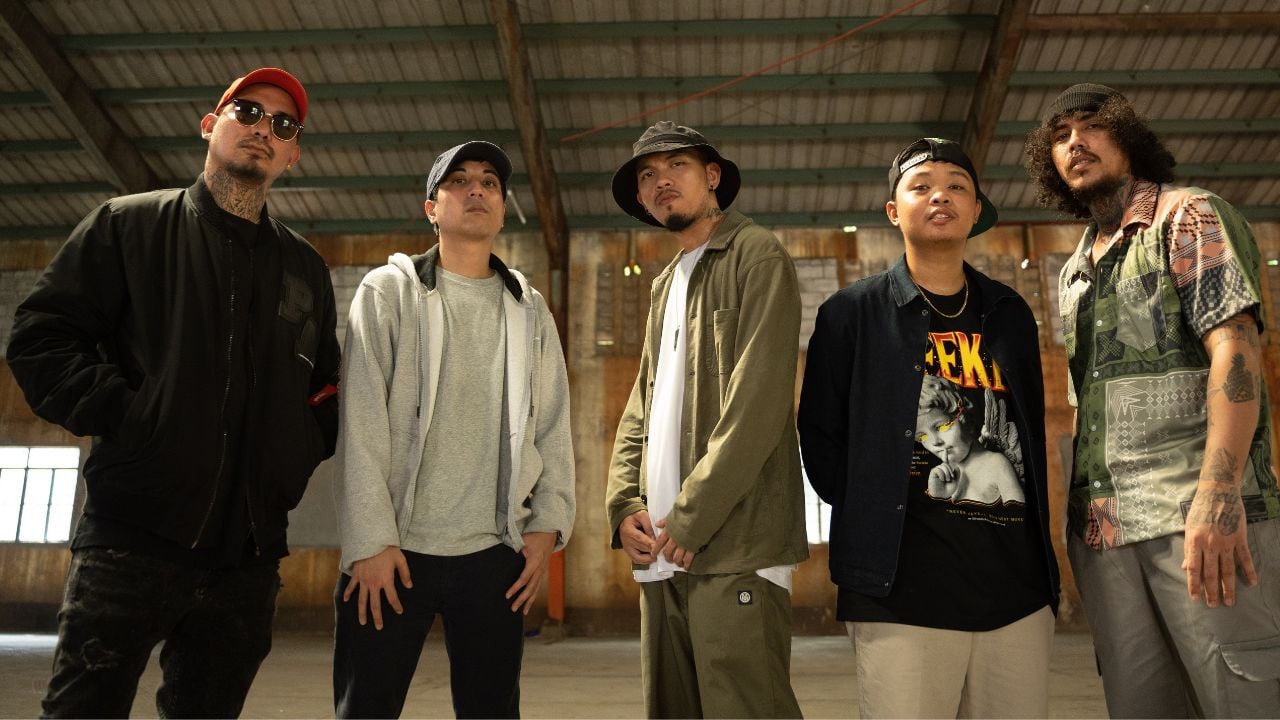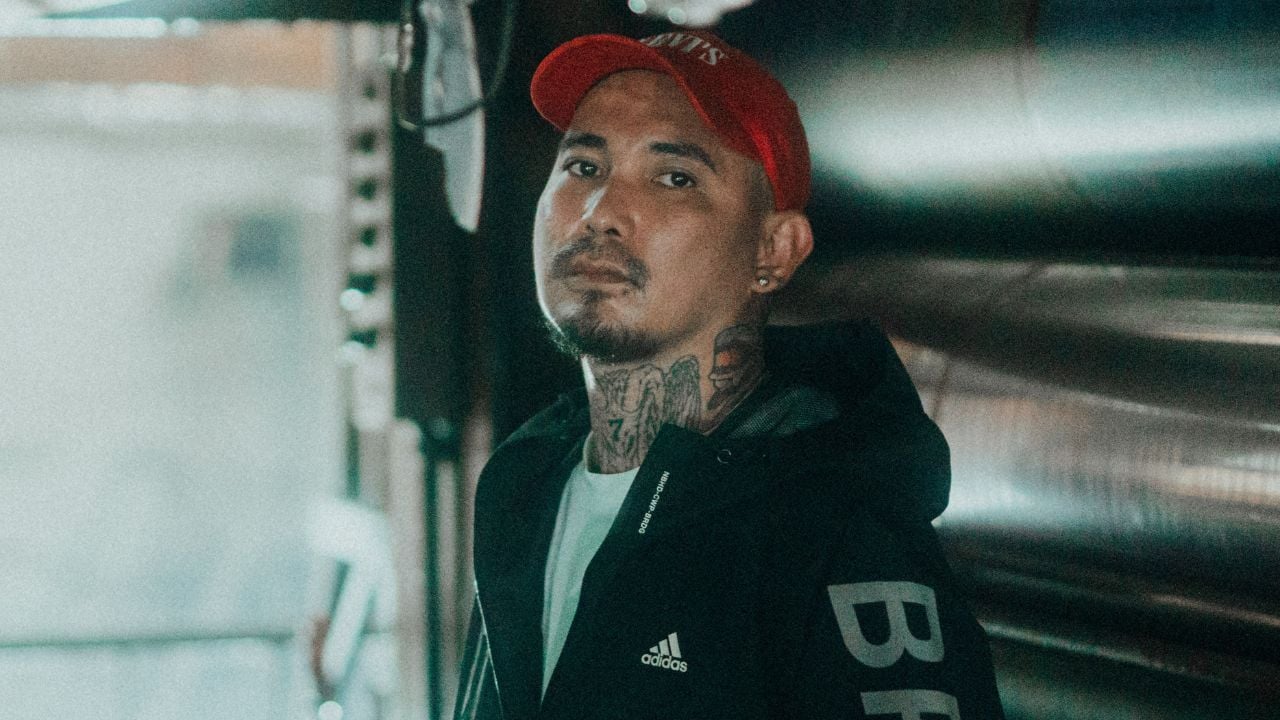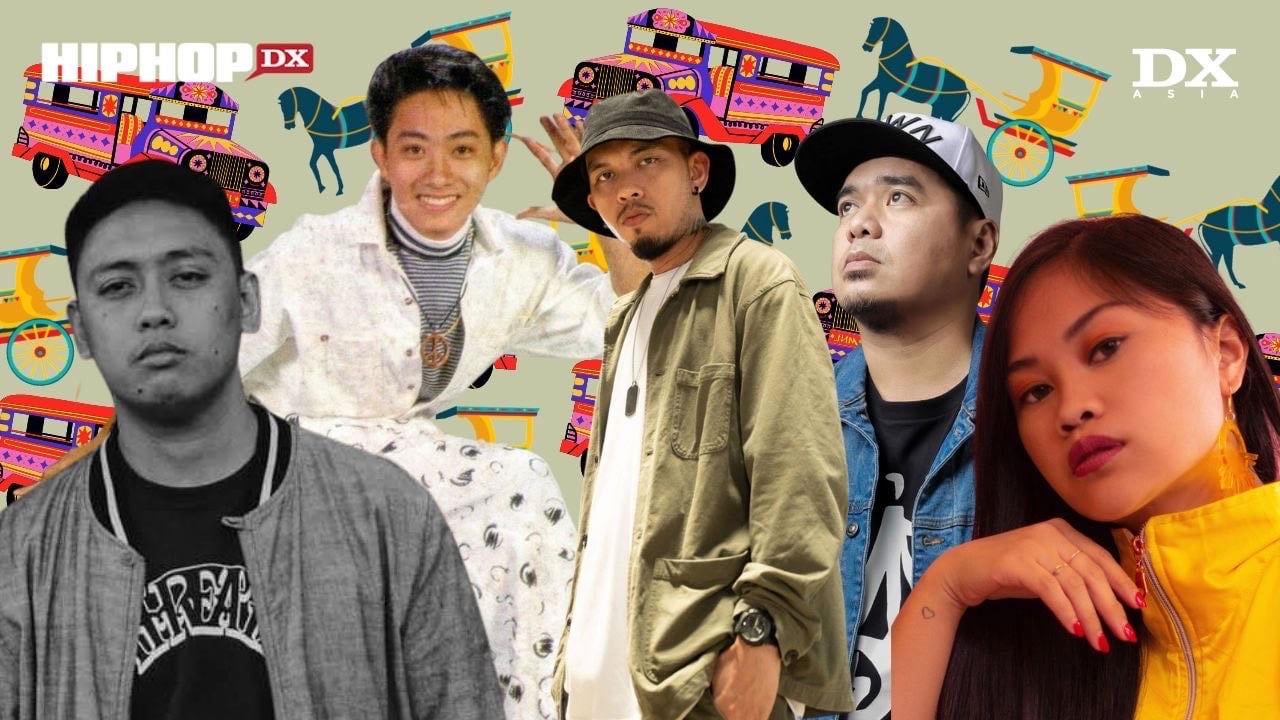The Philippines is known for its diverse culture and traditions, with over 120 languages spoken throughout the archipelago. Likewise, its history of being a colony under the Spanish, American, and Japanese regimes has made the Philippines a melting pot of vast influences that manifest in music, culture, entertainment, and more.
The country’s official language is Filipino, which is heavily based on the language spoken in the nation’s capital and its surrounding provinces on the northernmost island of Luzon. However, another widely spoken language in the Philippines is Bisaya, mainly used by Filipinos in the two other island groups in the Philippines (Visayas and Mindanao), south of Luzon.
With the country’s center of business and urbanization largely concentrated in the north, the Visayas and Mindanao regions have systematically suffered from underdevelopment. A 2020 study deconstructing the “imperial Manila” syndrome—a term coined by those from outside of Metro Manila to talk about the centralization of development in the capital—found that “provinces farther away from Manila in terms of geodesic distance are indeed disadvantaged not only in terms of economic, poverty, and human development indicators, but also in terms of dependence on internal revenue allotments which inhibits local growth.”

How The Filipino Language Evolved And Impacted Pinoy Hip Hop
Beyond just development, the cultural divide between those who speak Tagalog and Bisaya is reflected in the current status of the music scene. In general, Bisaya music has long been overshadowed by Tagalog music in the mainstream. Many artists and songs attributed to “original Pilipino music” (OPM) are primarily in Tagalog, leaving out the bustling scene of Bisaya artists regularly composing and producing music in their language.
Earlier this year, the Visayas Pop Music Festival (shortened as Vispop) shared a statement commenting on Bisaya music being overshadowed by Manila-based artists in the upcoming Sinulog Festival held in Cebu, one of the largest cultural festivals in the country.
The festival organizer urged Visayans to stand with Vispop, saying, “…This is our chance to prove that Bisaya music deserves its long overdue space in OPM. We will not be forever relegated to the sidelines. We will not be a mere afterthought in a scheme to please the locals. We will not remain just front acts to Manila’s main events.”
Enter Filipino hip hop: a genre that’s heavily influenced by American culture and (currently) dominated by the country’s primary language, Tagalog. Tagalog is primarily spoken in the country’s capital as well as its surrounding areas in Luzon, the country’s northernmost island group.
As we wrote in our article on how the Filipino language evolved and impacted Pinoy hip hop, “Since the commercial and industrial center lies in the city, the most popular hip hop songs were written in Tagalog.”

HipHopDX Asia Premieres Historic ‘The Regionals: Philippines’—Watch
In contrast, Bisaya rap has largely stayed under the radar, with Dumaguete-raised rap trio Midnasty at the forefront of the movement. The group, composed of brothers Arkho, Nik Kho, and Makoy, are often called the “Bisaya rap OGs,” credited with spearheading Bisaya rap’s break into the mainstream.
Looking back now, the trio notes how far the genre has come since they first joined the scene. “I think in [the] Bisaya rap scene diri, we’re doing good. We’re doing stronger than before…daghan ba kaayo nga rappers na wa pa gud nato ga ilhan. That’s why we’re privileged and we have tours, shows [where] we get to meet them. And we are actually happy [that] most of the time, when we do shows, our front acts are all Bisaya rappers. Gwapo kaayo siya na celebration which is mao na among gi-ingon na ‘bro, at least puhon, kita mga Bisaya maka-stand alone.’ It’s happening, di lang sa Bisaya rap pero sa Bisaya music in general,” says Nik Kho—in a mix of Bisaya and English—in an exclusive interview with HipHopDX Asia.
[Translation: I think in [the] Bisaya rap scene here, we’re doing good. We’re doing stronger than before… there are a lot of rappers that we don’t even know yet. That’s why we’re privileged, and we have tours, shows [where] we get to meet them. And we are actually happy [that] most of the time, when we do shows, our front acts are all Bisaya rappers. It’s a beautiful celebration, which is what we’ve been saying ever since before that ‘bro, God-willing, we Bisaya can stand alone. It’s happening, not just in Bisaya rap but in Bisaya music in general.]

Meet Arkho: The Rapper Representing Visayas On The International Stage–The Regionals: Philippines Exclusive
“Compared sa una. Sa una, gina-discriminate ang Bisaya [music] sa iyang own people. At least karon, ma tolerate ang sound and naay mga different nga styles. Mao na importante sa craft,” continues Arkho.
[Translation: Compared to before. Before, Bisaya [music] was discriminated against by its own people. At least now, [people] can tolerate the sound and there are different styles. That’s what’s important in the craft.]

A Quick Guide To Filipino Rap History And Identity
A peek into the group’s discography shows that the trio has always unapologetically represented their roots. More than this, it’s both a reflection and historicization of Filipino hip hop through the decades told through their own eyes.
Their music videos capture some of the subcultures within Filipino hip hop–breakdancing, graffiti, streetwear, and more–as they evolve into the scene we know today
We talk about how in the past, Bisaya rap has always been pushed to the sidelines by people from other provinces. “Oo, murag novelty songs ra ang Bisaya,” [Yeah, it’s like Bisaya (music) is just novelty songs], Nik Kho says, when talking about how others have viewed the region’s music.
“That’s the reason why, kami sad, nagseryoso mi sa music na gi-Bisaya mi kay ganahan mi mag-push gyud further ang Bisaya. Kami sad sa Midnasty, our responsibility is how to put something new, something unique nga sound para sa Bisaya pud na music.” [That’s the reason why, even us, we make it a point to rap in Bisaya because we want to push the language further. Even us in Midnasty, our responsibility is how to put something new, a unique sound, for Bisaya music.]
Their first track under Warner Music Philippines, “SOLO NA LOBO” (Lone Wolf) is an homage to this journey of struggle and triumph to put Bisaya rap on the map. They rap, “Solo na lobo mo conquer / Ug globo / Way plano mo pasi / Way plano mo balik sa agi / Abi nimo dili nako kaya ni” (A lone wolf that will conquer the globe / No plans to go back to what it was before / You thought that I couldn’t do this.)
In September this year, Arkho made an appearance on HipHopDX Asia’s “The Regionals: Philippines” together with JRLDM, Mhot, Jon Protege, Loonie and produced by Grammy-award-winning producer, !llmind. His verse was rapped entirely in Bisaya.
The hit track and music video has been viewed over 1 million times since its release. “Actually mao gyud ang intention namo sa hip hop, nga cultural siya. Happy pud ko sa outcome kay murag nahatagan kog boost sa Bisaya rappers.” [Actually, that is our intention with hip hop, that it’s a cultural (experience). I’m happy with the outcome because it’s like I gave a boost to Bisaya rappers.]
Almost two decades after the group’s formation, they’ve brought it upon themselves to cultivate the Bisaya rap scene to get it to where it is today—a rap genre that is bustling with up-and-coming rappers. It’s a movement they’ve called Paraisla, a combination of the words “paraiso” (paradise) and “isla” (island).
Nik Kho shares, “Ga lead mi na try mig hatag sa mga artists like Batang Indio, a space murag naa kay coach nimo likediri ta agi, tabang sa mga artists, network,” (We lead to try to give artists like Batang Indio a space where they have a coach to give direction, to help artists, and a network.]
“For us to move forward, and for us to be accepted not just in the country pero sa tibuok na kalibutan, kinanglan na kita daan sa Visayas and Mindanao, magtinabangay daan to create the industry. Di man kaya kung Midnasty alone, so we need a lot of artists para magtinabangay. Pwede sa international bisan dili Midnasty, support gihapon mi.”
[Translation: For us to move forward, and for us to be accepted not just in the country but in the whole world, us in Visayas and Mindanao need to help each other to create the industry. Midnasty can’t do it alone, so we need a lot of artists to support each other. Even international artists, even if it’s not Midnasty, we still support.]
Article source: https://hiphopdx.com/en_asia/news/midnasty-on-building-a-movement-for-bisaya-rap-its-our-responsibility-exclusive







































DJ 1/2 Pint On Social Media